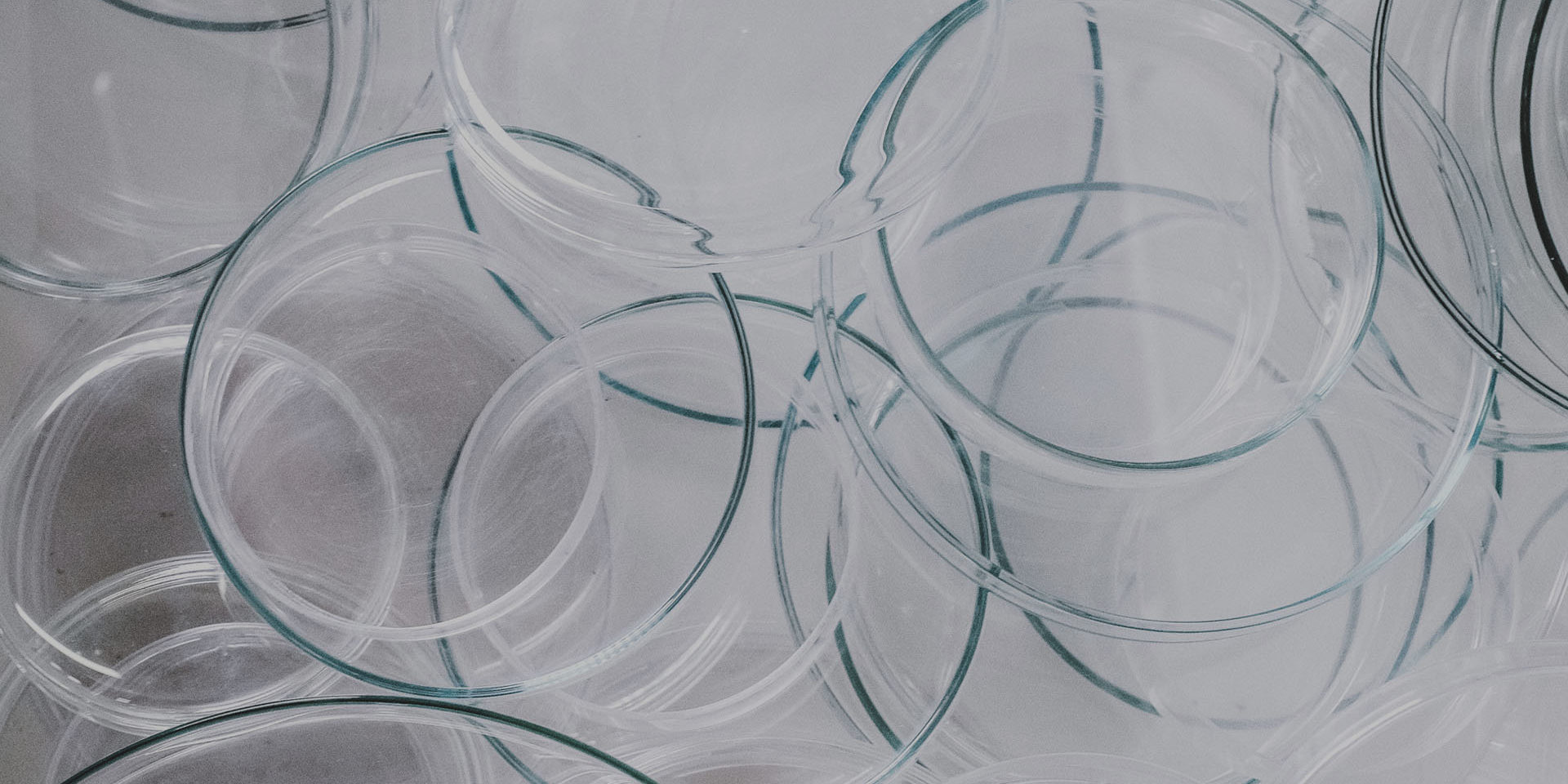Separations Now, em 17/04/17
Jon Evans
Complex crude oil
As a highly complex substance, comprising almost a million different hydrocarbons, crude
oil usually needs some form of sample treatment before being analyzed. This may be just to remove the water and salt that comes up with the crude oil when it is pumped out of the ground, or it can be to remove specific classes of hydrocarbons in order to simplify the analysis.
Several rounds of sample treatment may be required, often requiring large volumes of environmentally-hazardous organic solvents, adding time and expense to the whole analytical process. Now, though, a team of Brazilian chemists has come up with a way to reduce the time, expense and environmental impact, by 3D printing microfluidic devices that can conduct multiple rounds of sample treatment while using much less organic solvent.
Although 3D printing offers a quick and easy way to produce a microfluidic device, it does mean the device has to made from plastic, which is more likely to be damaged by exposure to organic solvents than devices made from glass or silicon. So the team of chemists, led by Leandro Hantao at the National Center for Research in Energy and Materials in São Paulo, began by testing how well various thermoplastics commonly used for 3D printing could withstand extended exposure to organic solvents such as heptane and toluene.
Shrink, warp and swell
They found that while nylon and polypropylene tended to shrink and warp, and acrylonitrile butadiene styrene and polyethylene terephthalate tended to swell, polylactic acid (PLA) proved most robust. In addition, because PLA is a biodegradable bioplastic made from corn, it boosts the environmental credentials of this novel approach to sample treatment even further.
The microfluidic device that Hantao and his team printed with PLA had a fairly basic design. It comprised a rectangular box containing a rectangular chamber and a tubular sample compartment connected to each other via a microchannel. Similar channels connected the sample compartment to an inlet port and the rectangular chamber to an outlet port. The bulk of the device and a lid were printed separately, allowing the rectangular chamber to be filled with a solid-phase extraction (SPE) material before the lid was glued on top. The lid had holes for the sample compartment and the two ports, allowing permanent access to these sections.
The idea was to fill the sample compartment with a small crude oil sample and then pump the organic solvent into the inlet port, thereby forcing the oil into the rectangular chamber containing the SPE material, which would absorb the oil. The organic solvent would then follow, releasing some of the hydrocarbons from the SPE material and carrying them out the outlet port for analysis.
Diatomaceous earth and organic solvents
By producing devices containing different SPE materials and using different organic solvents, this approach could allow a whole range of different hydrocarbons to be released from individual crude oil samples for detailed analysis. Seeing as each device costs just US$0.50 to produce, this could all be done very cheaply. As an initial test of the device, Hantao and his team used diatomaceous earth as the SPE material, with several different organic solvents.
They first used heptane to separate the hydrocarbons from a mixture of crude oil and salty water prior to analysis by two dimensional gas chromatography (GCxGC) and flame ionization detection. This revealed that the device worked just as well as a conventional centrifuge-based method, releasing a similar range of hydrocarbons for detection by GCxGC, but in just a tenth of the time.
Next, they showed that heptane could also be used to remove a class of hydrocarbons called asphaltanes from the rest of the hydrocarbons, prior to analysis by gas chromatography and mass spectrometry. Finally, they used a mixture of methanol and toluene to release just the polar hydrocarbons from a crude oil sample, which are present at low concentrations, for analysis by nuclear magnetic resonance spectroscopy and Fourier transform ion cyclotron resonance mass spectrometry. In all cases, they found their microfluidic devices were just as effective as conventional sample preparation methods, but were much faster and used far less organic solvents.
O post Crude printing: For sophisticated sample treatment apareceu primeiro em CNPEM.



